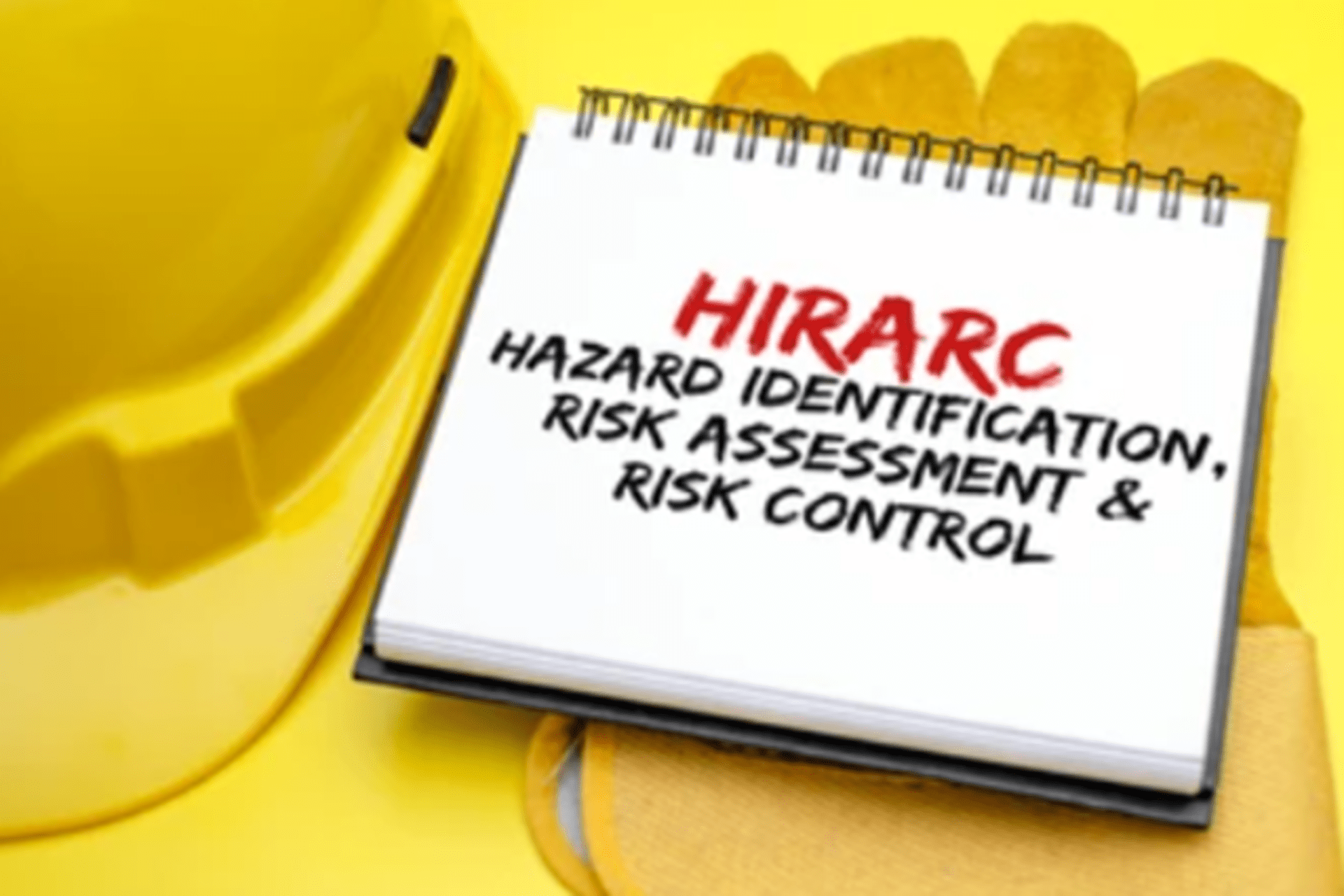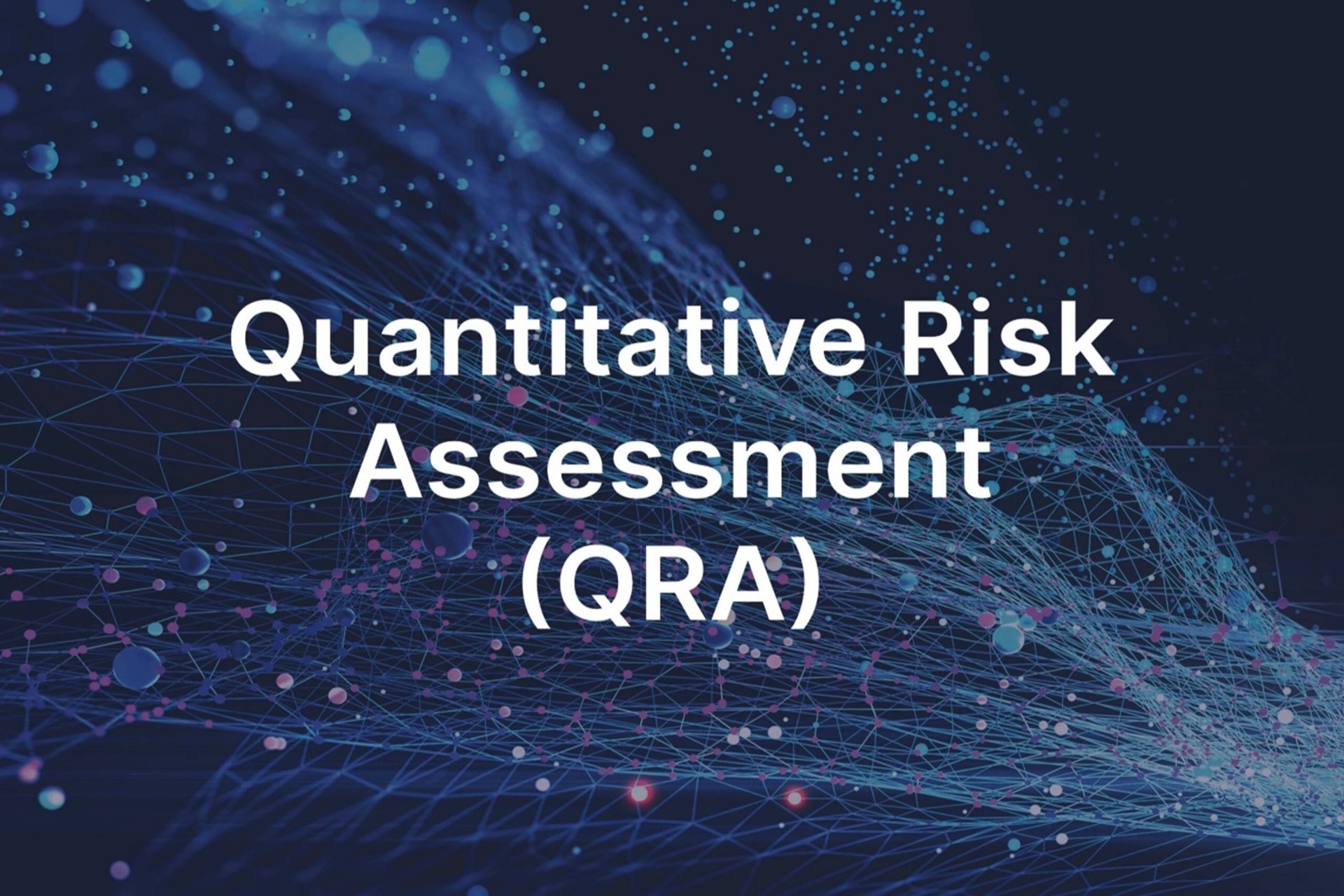
FAQ- HAZARD IDENTIFICATION, RISK ASSESSMENT, AND RISK CONTROL (HIRARC)
The primary goal of Hazard Identification, Risk Assessment, and Risk Control (HIRARC) is to proactively detect potential hazards in a workplace or environment, evaluate the related risks, and apply control measures to reduce or eliminate those risks.

FAQ-SAFETY AUDIT
A safety audit aims to systematically evaluate the effectiveness of safety measures and procedures in a workplace or environment. It identifies potential hazards, assesses current safety protocols, and provides recommendations to improve safety standards and reduce risks. The overarching goal is to ensure a safe and healthy environment for employees, visitors, and the broader community.

FAQ- FIRE PROTECTION AND SAFETY DESIGN (FPSD
The objective of fire protection and safety design (FPSD) is to minimize fire risks by preventing fires, detecting them early, effectively suppressing them, ensuring safe evacuation, maintaining structural integrity, and complying with regulations to protect lives and property.

FAQ- FIRE LOAD CALCULATION
Fire load calculation is a critical element in fire safety and risk assessment for buildings and industrial facilities. It measures the total amount of combustible materials within a space, helping to determine the potential severity of a fire. For tanks, fire load calculations assess the fire hazard posed by their contents. These calculations are essential for designing fire suppression systems, evacuation plans, and structural fire protection. They also enhance life safety by evaluating the potential impact of a fire on occupants, factoring in fire growth rates and toxic gas production during combustion.

FAQ- FIRE SAFETY RISK ASSESSMENT (FSRA)
The objective of a Fire Safety Risk Assessment is to systematically identify potential fire hazards, assess the associated risks, and implement measures to reduce the likelihood of fires. This process aims to minimize the impact on people, property, and the environment.

FAQ- QUANTITATIVE RISK ASSESSMENT (QRA)
QRA is a systematic technique used to calculate risks from hazardous events. It predicts the consequences of a hazard and the expected frequency of its occurrence. These factors are combined to obtain numerical risk values, often focusing on the risk of fatality. QRA assesses all identified hazardous events, often grouping similar events as representative or bounding scenarios to quantify overall risk levels.




